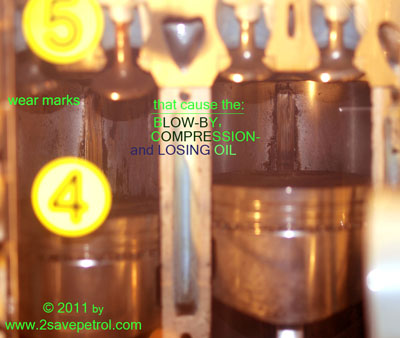 What we do for engine problems solution
What we do for engine problems solution
Blow–by During normal operation, a small amount of unburned fuel and exhaust gases escape around the piston rings and enter the crankcase, referred to as "blow–by".[source – Wikipedia] If these gases had no controlled escape mechanism, the gasketed joints would leak (as they "found their own way out"); also, if the gases remained in the crankcase and condensed, the oil would become diluted and chemically degraded over time, decreasing its ability to lubricate. Condensed water would also cause parts of the engine to rust.[source – Wikipedia] To counter this, a crankcase ventilation system exists. In all modern vehicles, this consists of a channel to expel the gases out of the crankcase, through an oil–separating baffle, to the PCV valve, into the intake manifold. In a non–turbo engine, the intake manifold is at a lower pressure than the crankcase, providing the suction to keep the ventilation system going. A turbo engine usually has a check valve somewhere in the tubing to avoid pressurizing the crankcase when the turbo produces boost.
If an engine is damaged or enters old age, gaps can form between the cylinder walls and pistons, resulting in larger amounts of blow–by than the crankcase ventilation system can handle. The gaps cause power loss, and ultimately mean that the engine needs to be rebuilt or replaced.[source – Wikipedia] Symptoms of excessive blow–by include oil being pushed up into the air filter, out the dipstick,[source – Wikipedia] or out the PCV valve. In rare cases of serious piston or ring damage, the oil filter housing’s sheet metal can even burst at its seam.
STORM’s unique know–how and technology to replace the overhaul service and eliminate the blow–by effect in 100 minutes process.

